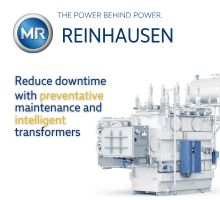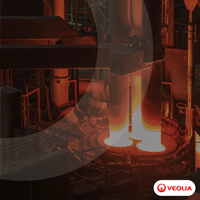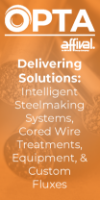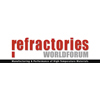Ministry Awards Science and Technology Commendation to Sumitomo Metals
04/21/2009 - Sumitomo Metals and Toyoda Iron Works earn a joint Science and Technology Commendation from the Minister of Education, Culture, Sports, Science and Technology for their development of a crash-box that improves both crash safety and fuel efficiency.
|
Responding to heightened demand for improvement in fuel efficiency and crash, Sumitomo Metals and Toyoda Iron Works have developed a high efficiency crash box that has been favorably evaluated and widely adopted for use in various models of cars in Japan and overseas.
Specific applications include the Yaris from Toyota Motor Corp. and Atenza from Mazda Motor Corp.
Sumitomo Metals says it will continue to work at further development of this technology and other technologies that contributes to improving mass reduction and crash worthiness of automobiles.
|
The crash box—a body structure at the end of a car frame—helps to improve crash safety for automobile passengers by deforming under a front or rear impact situation, absorbing the energy of the impact rather than allowing the interior of the vehicle to deform. Sumitomo Metals and Toyoda Iron Works worked together to develop a new crash box design scheme that reduces the automobile’s body mass while improving crash energy absorption.
In addition to improvement in fuel economy and crash safety, the companies’ new crash box design has also enabled a reduction in manufacturing costs.
Sumitomo Metals collaborated with Toyoda Iron Works to develop and commercialize technology that would satisfy increasing demand for both improved fuel economy and crash safety. Their efforts resulted in development of a crash box that enables significant weight reduction as well as higher crash energy absorption. Their design, which has been highly valued in the automobile industry, has been adopted into commercial application in many makes of cars.
The crash box enables improved safety for passengers and reduced damage to the automotive body by absorbing crash energy at the time of car collision. Although increasing the strength of the crash box would help to improve its ability to absorb energy under impact, acceptable results could be attained by making the crash box stronger than the frame. It was necessary instead to improve the crash box’s efficiency in absorbing energy by increasing the buckling deformation when the collision impact reaches the predetermined upper limit of intensity.
Conventional crash boxes use several grooves (crash beads) that are situated at a 90°-angle to the direction of a frontal or rear crash. The beads undergo buckling deformation and make the crash box compress like an accordion, absorbing the energy of impact. The larger amount of plastic buckling, the more crash energy is absorbed but the less durable the beads become. This limits a conventional crash box’s ability to absorb crash energy according to the number of beads.
The crash box enables improved safety for passengers and reduced damage to the automotive body by absorbing crash energy at the time of car collision. Although increasing the strength of the crash box would help to improve its ability to absorb energy under impact, acceptable results could be attained by making the crash box stronger than the frame. It was necessary instead to improve the crash box’s efficiency in absorbing energy by increasing the buckling deformation when the collision impact reaches the predetermined upper limit of intensity.
Conventional crash boxes use several grooves (crash beads) that are situated at a 90°-angle to the direction of a frontal or rear crash. The beads undergo buckling deformation and make the crash box compress like an accordion, absorbing the energy of impact. The larger amount of plastic buckling, the more crash energy is absorbed but the less durable the beads become. This limits a conventional crash box’s ability to absorb crash energy according to the number of beads.
To address this limitation, Sumitomo Metals and Toyoda Iron Works developed an innovative cross sectional shape as part of the crash box that ensures crash deformation without a crash bead. The new crash box has horizontal grooves in the direction of a frontal or rear collision that enable the formation of finely detailed wrinkles and allow absorption of more impact energy than the conventional box.
A crash box designed with this technology can absorb more than twice the impact energy of the conventional crash box while its weight can be reduced by about 30% and its manufacturing costs, by about 20%.
A crash box designed with this technology can absorb more than twice the impact energy of the conventional crash box while its weight can be reduced by about 30% and its manufacturing costs, by about 20%.
Responding to heightened demand for improvement in fuel efficiency and crash, Sumitomo Metals and Toyoda Iron Works developed a high efficiency crash box, that has been favorably evaluated and widely adopted for use in various models of cars in Japan and overseas, including the Yaris from Toyota Motor Corp. and Atenza from Mazda Motor Corp. Sumitomo Metals will continue to work at further development of this technology and other technology that contributes to improvement in mass reduction and crash worthiness of automobiles.



-(1)-Reinhausen-(1).jpg?lang=en-US&ext=.jpg)






